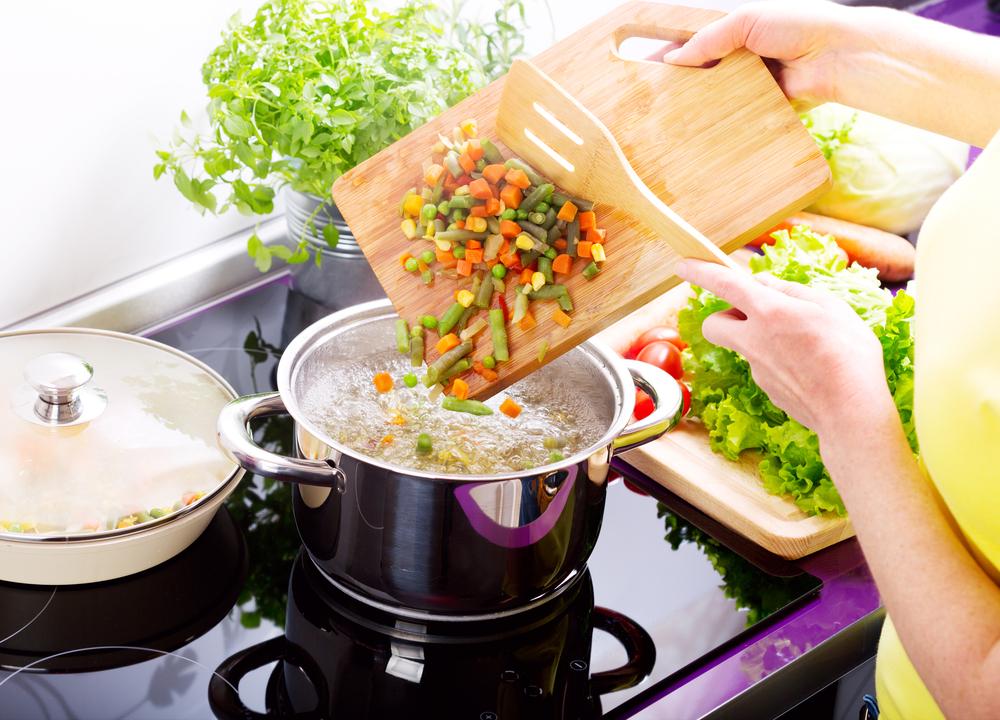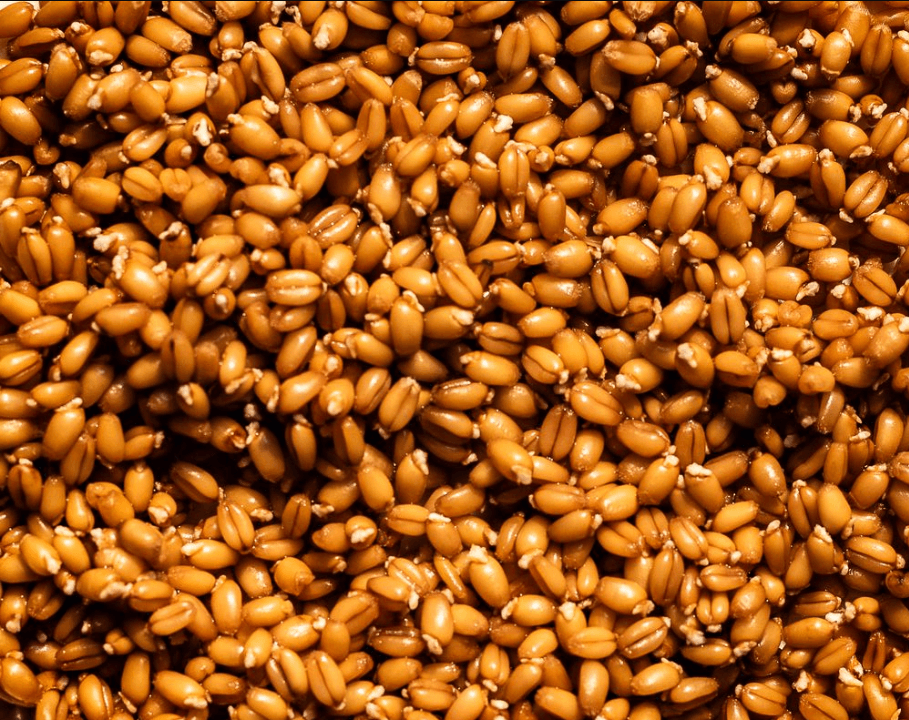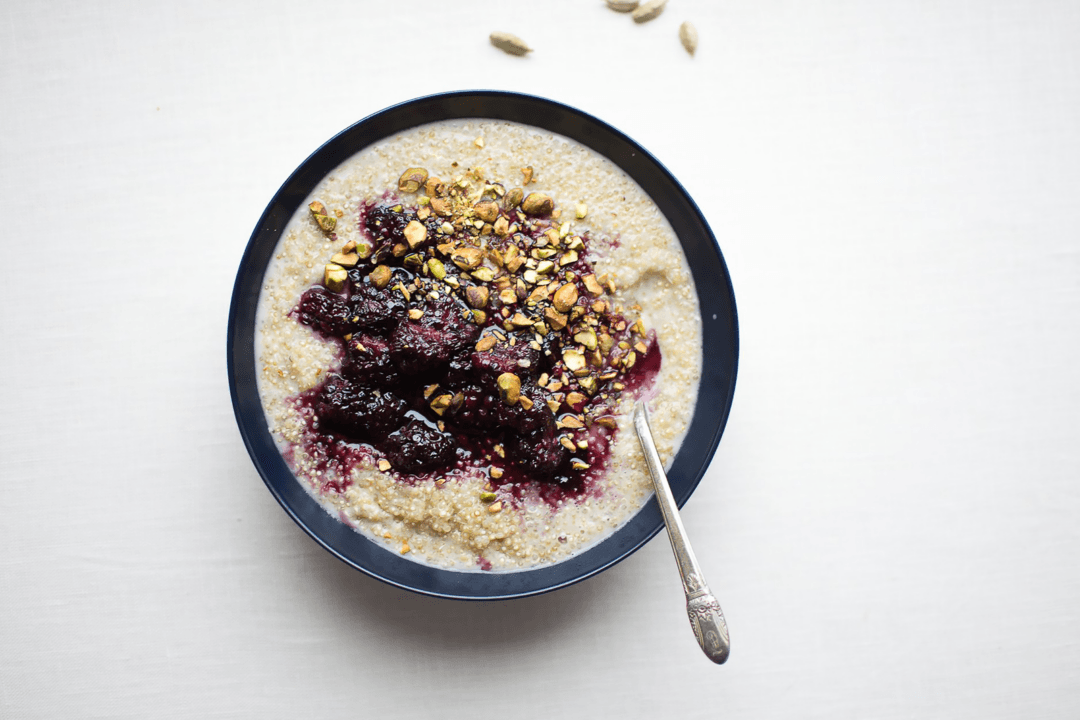When the winter chill hits the air, soup is in order. While you could buy a few cans at the grocery store, nothing quite beats the nutrition, flavor, and affordability of homemade. When you’re tired at the end of the day, you can still toss a few vegetables and aromatics into a pot with plenty of broth and have dinner done and ready faster than ordering takeout.
The Ultimate Thrifty Meal
With the ever-increasing cost of food, cutting corners without cutting quality is essential. Soup is a surefire win on this account, as it’s an easy way to make a wholesome and thrifty meal. Toss the odds and ends left over at the end of the week into your pot, simmer them in broth or water, and enjoy a meal that feels practically free. Soup has the magical ability to turn humble ingredients, such as tough cuts of meat or beans and root vegetables, into a deeply nourishing meal that feels luxurious, especially when partnered with homemade bread and butter.If You Can Boil Water, You Can Make Soup
Unlike baking, which requires precision and skill, soup-making is forgiving. It’s a particularly good option for people who are new to cooking from scratch. There are no complicated techniques, no fussy ingredients, and only a little measuring and stirring involved.Flexibility and intuition are the keys to making good soup, and it’s easy to swap one ingredient for an alternative, as long as it offers some passing similarities. For instance, if your recipe calls for kale and it’s looking a little too pricey at the grocery store, it’s easy to swap in a more affordable green and your soup will still taste just as delicious.





